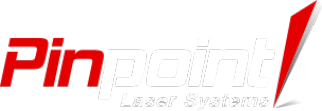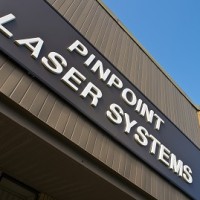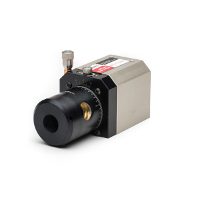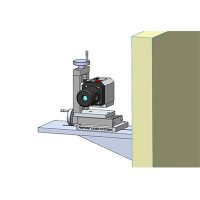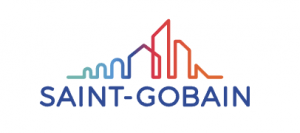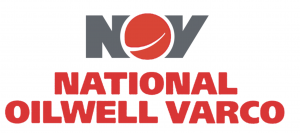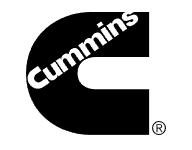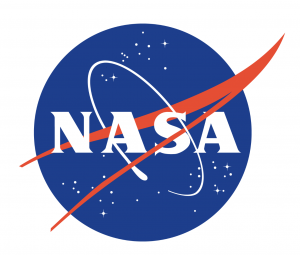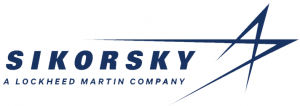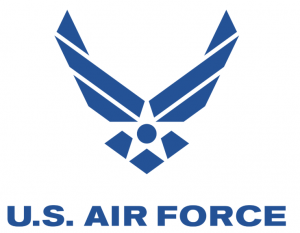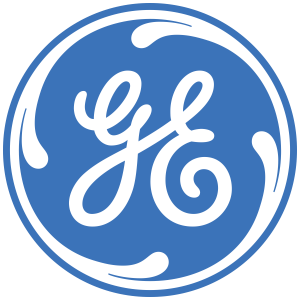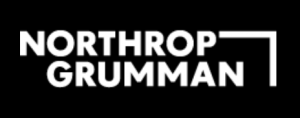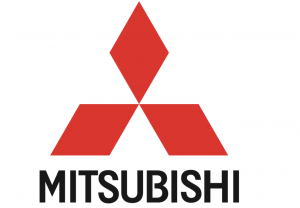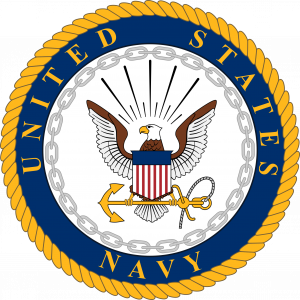Read or Listen to This In-Depth Interview – or
Call Us Now for a FREE Consult: 800-757-5383
John Maher: Hi, this is John Maher and I’m here with Mory Creighton, president of Pinpoint Laser Systems in Peabody, Massachusetts. And today we’re here to talk about laser alignment, and specifically, using outside laser alignment contractors versus doing it yourself. Good morning, Mory.
Mory Creighton: Good morning, John.
John: So, let’s just say I have a manufacturing company that I’m running, and we occasionally have someone come in to do alignment on our machines. Is this something that we could be doing ourselves?
Mory: In most applications, in most instances, yes. People can do their own alignment, mechanical alignment, laser alignment and improve the quality of their operation, basically, get a better view coming forward on when machines need to be maintained. And it just gives them more information to work with effectively in their manufacturing. Having said that, there are some production lines that are complicated and difficult to align yourself, for example, a paper mill. These machines are sometimes six to 800 feet long. They’re about 30 feet wide. They might be two or three stories tall. They have material moving down through them, when they’re running, at close to 75 or eighty miles an hour. So, that’s quite a challenge to align a machine like that. Typically, there are outside firms that help with that, and we have customers who do some of the alignment themselves, but also, rely on outside people. There are other applications. For example, if your company makes plastic materials, like sheet film, and you have a number of rollers and you’re watching material that’s getting stretched too much on one side of a machine or another. That’s an easy application to take your own alignment equipment with your own employees. Check it at some point in the morning before the machine is run up, or at a break period, and do your own alignment. So, it’s specific to the different manufacturing lines. There’s no preset formula, but it really comes down to what companies think they want to take on themselves.
John: Is this a, like an either/or situation, where I’m only going to be using outside contractors, or I’m only going to be doing this in house? Or can I have a mix of those?
Mory: You can definitely have a blend of those. In fact, the paper mill application, there are people who come in on a regular basis, of quarterly shut down periods to really align a big portion of the mill. But a roll may be damaged because a piece of material or foreign object gets sucked through the machine, and that company may want to replace just one roll. That’s something where you can very easily set up a laser in an aisle-way, shoot the position of the existing roll, lift it out of place, put a brand new roll into place and lock it in, in exactly the same orientation the last roll was in. So, that’s very much of a do-it-yourself application. But in a mill, where you’re relying on outside people for the bigger projects.
John: OK. So, what are the advantages, then, of doing laser alignment myself?
Mory: Probably the key advantage is that you’re not waiting around for somebody who’s not an employee, or tied in with your company. And when a machine breaks down, or something’s not working, that down time can be really, really expensive. You have employees who are waiting around, you have a machine that’s not operating, you’ve got customers waiting for product, you’ve got raw materials piling up. So, the downside of that production line not running can be really expensive. So, the advantage of not having to rely on an outside party, but being able to grab a piece of equipment that you’ve got on your premises and make that alignment and get that machine back up and running, is really important. That helps, of course, with the breakdown side. The other advantage of doing yourself your own alignment is that you can start looking at preventative maintenance. You can start understanding how your machines operate and over time, develop a schedule that works with your production planning, to fix that machine, to optimize that machine, so that you can prevent breakdowns in the long run. We find many people, it’s just cheaper and faster to do their own alignment. What’s an interesting sort of twist we’ve learned over the years is that many of the employees who actually work with these machines have a very, very good understanding of how that machine works. They may not be able to express it, but they really do understand that production line. And what laser alignment and mechanical alignment does is it basically puts a better set of tools into the hands of those production workers, so that they can get that machine running efficiently and prevent problems when they come up.
John: OK, so, if I have laser alignment equipment and I’m doing it myself on a regular basis, am I still going to be using outside contractors sometimes or often?
Mory: We always think of this as sort of a blending process. Companies have developed a dependence on third party contractors. And they’ve basically lived with, in many cases, inconveniences and costs associated with that. By bringing in their own alignment capability, it allows them to sort of wean themselves off that a little bit. They reduce their dependence on outside people, which is really advantageous. Typically, you may find that you’re still calling in those third parties for the big projects. But you can start to take on more of the smaller stuff. As I mentioned a moment ago, the preventative maintenance side. Having your own equipment gives you more of a forward look, forward vision on what’s going on with your machinery and your production lines, so that you can better schedule those outside people if you still need them to come in, and you can take care of the little stuff yourself.
John: OK, so again, staying on that same line, if I run a manufacturing company and I come to you and say, “My guys are good, they’re intelligent. They work with the machines really well, but my question is, can they handle lasers?”
Mory: That’s a really good question. I think if you look back 20 or 30 years or 50 years at how machinery was aligned, for years they used wire and string, fishing cord and rulers and a lot of math. Employees with really good eyesight. They would pull wire around machines and then they would measure to various points and try to align things that way. It involved a lot of geometry. It involved a lot of technique and was typically done by extremely skilled employees. What’s happened over time is that the difficult methods of using wire and string have been replaced with a laser. Essentially, you’ve got a laser beam, it doesn’t sag or blow around, or if you walk though it, it doesn’t break. There’s digital receivers that now pick up these measurements, so you don’t rely on eyesight anymore. The numbers are printed out for you and they can be uploaded into computers. So, the whole process is much easier, much, much more precise, and really better able to be done by employees of all sorts of skill sets within a company. Again, we always think of it as just providing a better tool for people who really know their machines to work with.
John: Right. So, you mentioned walking through it. Is that something that happens sometimes? And are lasers safe to work with?
Mory: Absolutely. Now, they are safe. When you have a laser running down the side of a machine for alignment work, it’s very easy for people to walk through it. This is not like the years of old with the James Bond film, where someone’s getting cut in half with a laser. These are very low power lasers. They’re essentially, like, a laser pointer. The beam is red. It basically, you don’t even see it unless you put your hand or a piece of paper in the way and you’ll see a little red dot. But the detectors do see that.
John: Right. So then, what are the costs of doing it yourself versus getting an outside contractor to do your laser alignment for you?
Mory: Sure. That is really a function of the different companies and their manufacturing processes in general. But you can break that, the answer to this, really, down into a numerical issue and a quality issue. On the quality end, being able to do your own alignment allows you to, sort of, improve the quality of your product that you’re producing, keep your machinery running smoother and faster and more efficiently over time. So that, ultimately, you’re experiencing less breakdowns and problems. On the breakdown side, and when you do have a problem, that does get into numerical issues. I think, as a simple example, if you have a production facility that’s producing about $5,000,000 a year on a particular line or a machine, that’s about $2,500 an hour. And if that machine is not running for a day, that’s about $20,000 that’s being lost in product and production. If that’s a week, then, now you’re looking at something close to $100,000. If you have somebody come in and do alignment work, those typical alignment visits can cost anywhere from three to $5,000. If you’re having that done eight times a year, that’s a 20 to $40,000 alignment cost, by having an outside company doing it. Again, laser alignment equipment costs about a half or a third of that, so it’s about 12 to $16,000, depending. Obviously, you need to have a little bit of time training your employees to use it. But you’ll definitely come out ahead, I mean, your return on investment will be, within a matter of a few months, or definitely inside of a year, when you do this work.
John: So, I can see where, depending on how often I have outside contractors come in, it may or may not be worth doing it myself. Where’s the break even point?
Mory: Once again, it depends, to a large degree, on the organization and the cost of having that machine running and the cost of it breaking down. But basically, a laser system is in the neighborhood of about $15,000. Employee time, learning, training, getting up to speed, might be, typically, in the neighborhood of about $15,000. So, you’re looking at, maybe, about a $30,000 investment. Having said that, the example we just talked about a moment ago, you can be losing $400,000 a year in downtime on a $5,000,000 production line because of breakdowns and slowdowns. If you can, basically, take care of this work yourself, you can be saving three, $400,000 a year on some of this downtime.
John: Great. Well, I’ve been talking with Mory Creighton of Pinpoint Laser Systems. Mory, thanks very much.
Mory: Thank you. It’s been interesting.
John: Look for our next podcast when we’ll be talking about aligning roll and web manufacturing systems.
